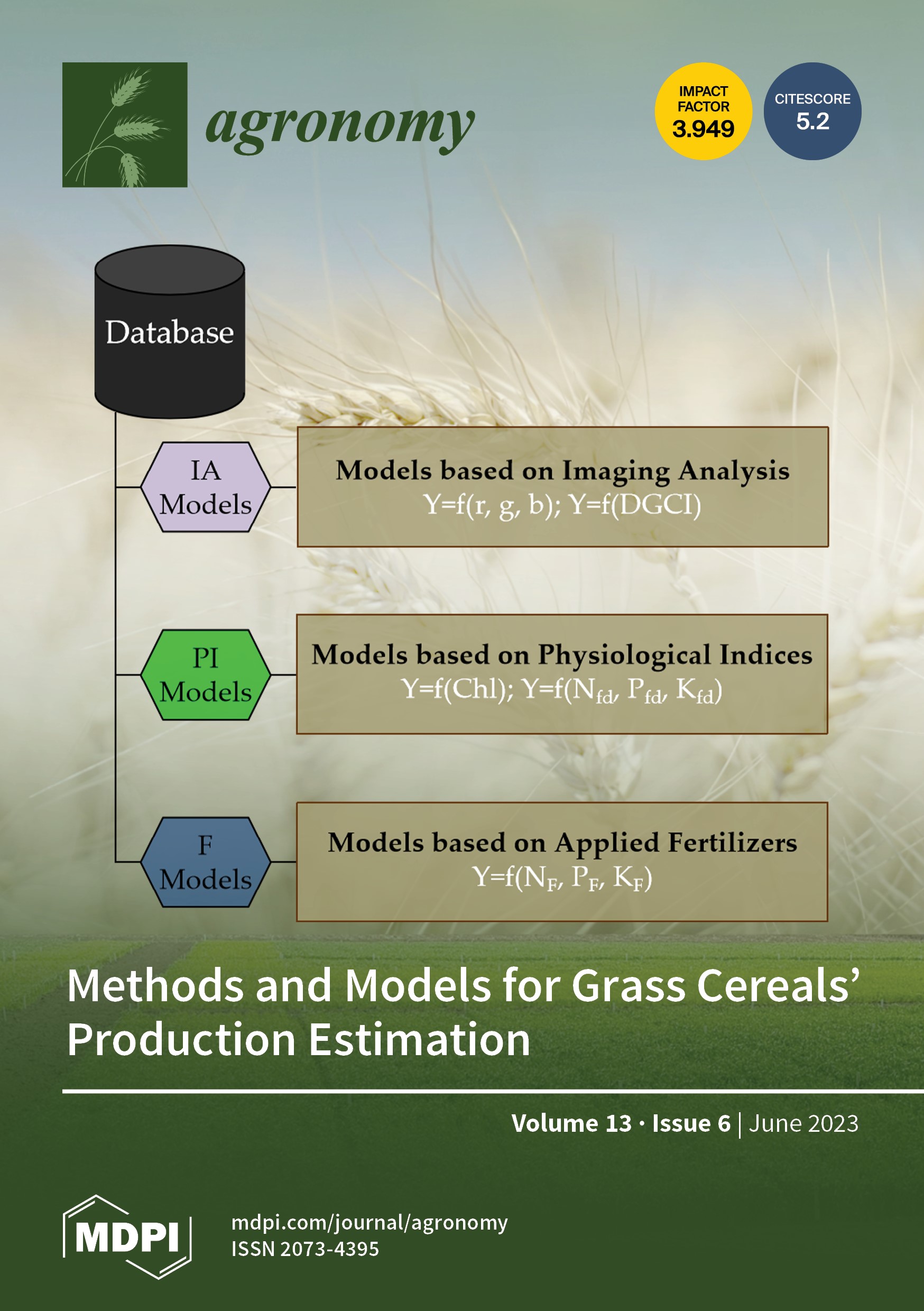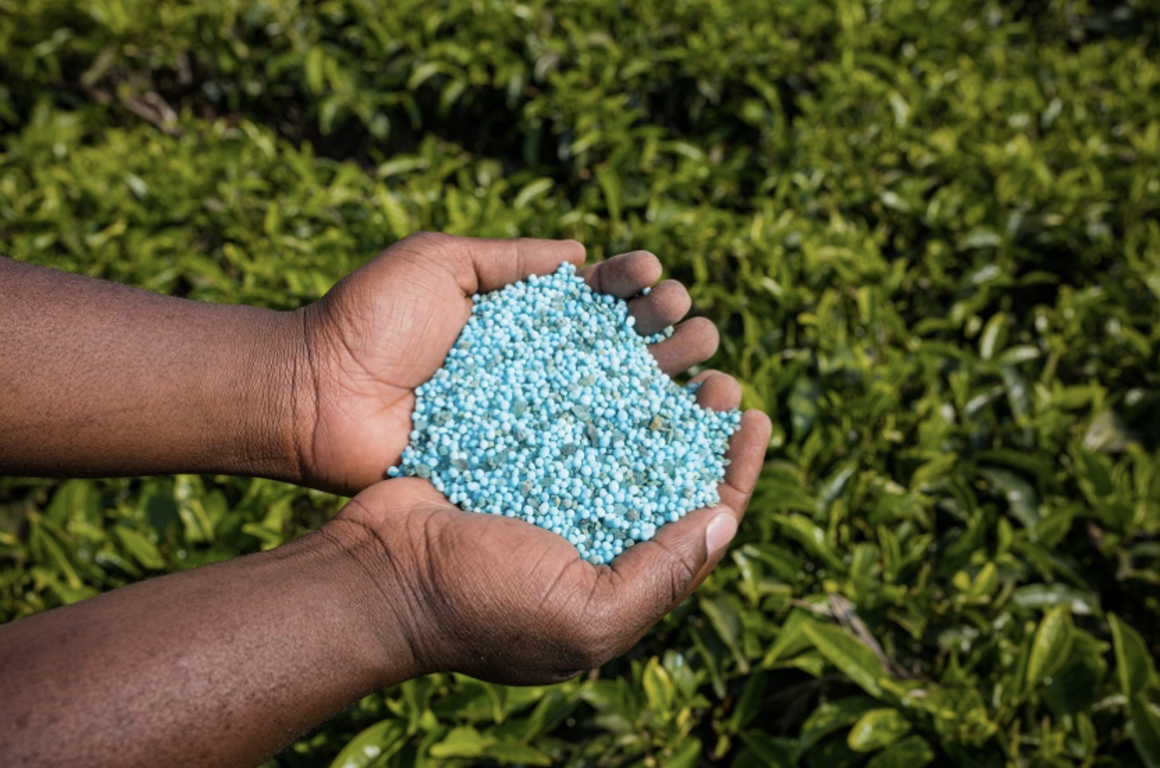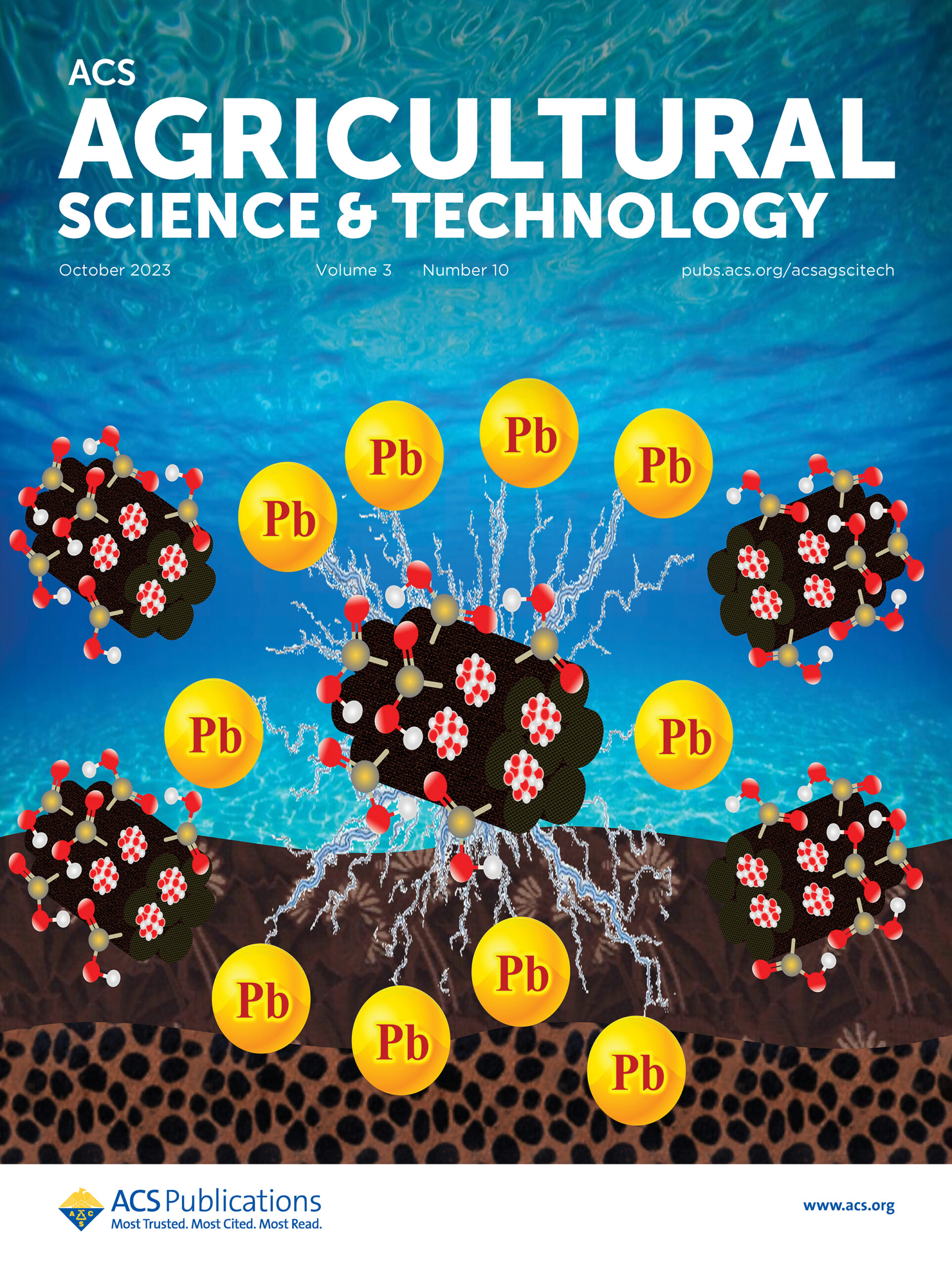Deciphering the Interactions in the Root–Soil Nexus Caused by Urease and Nitrification Inhibitors: A Review
Gupta, S.; Yildirim, S.; Andrikopoulos, B.; Wille, U.; Roessner, U. “Deciphering the Interactions in the Root–Soil Nexus Caused by Urease and Nitrification Inhibitors: A Review.” Agronomy 2023,13, 1603. DOI: 10.3390/agronomy13061603
Optimizing nitrogen (N) availability to plants is crucial for achieving maximum crop yield and quality. However, ensuring the appropriate supply of N to crops is challenging due to the various pathways through which N can be lost, such as ammonia (NH3) volatilization, nitrous oxide emissions, denitrification, nitrate (NO3−) leaching, and runoff. Additionally, N can become immobilized by soil minerals when ammonium (NH4+) gets trapped in the interlayers of clay minerals. Although synchronizing N availability with plant uptake could potentially reduce N loss, this approach is hindered by the fact that N loss from crop fields is typically influenced by a combination of management practices (which can be controlled) and weather dynamics, particularly precipitation, temperature fluctuations, and wind (which are beyond our control). In recent years, the use of urease and nitrification inhibitors has emerged as a strategy to temporarily delay the microbiological transformations of N-based fertilizers, thereby synchronizing N availability with plant uptake and mitigating N loss. Urease inhibitors slow down the hydrolysis of urea to NH4+ and reduce nitrogen loss through NH3 volatilization. Nitrification inhibitors temporarily inhibit soil bacteria (Nitrosomonas spp.) that convert NH4+ to nitrite (NO2−), thereby slowing down the first and rate-determining step of the nitrification process and reducing nitrogen loss as NO3− or through denitrification. This review aims to provide a comprehensive understanding of urease and nitrification inhibitor technologies and their profound implications for plants and root nitrogen uptake. It underscores the critical need to develop design principles for inhibitors with enhanced efficiency, highlighting their potential to revolutionize agricultural practices. Furthermore, this review offers valuable insights into future directions for inhibitor usage and emphasizes the essential traits that superior inhibitors should possess, thereby paving the way for innovative advancements in optimizing nitrogen management and ensuring sustainable crop production.




